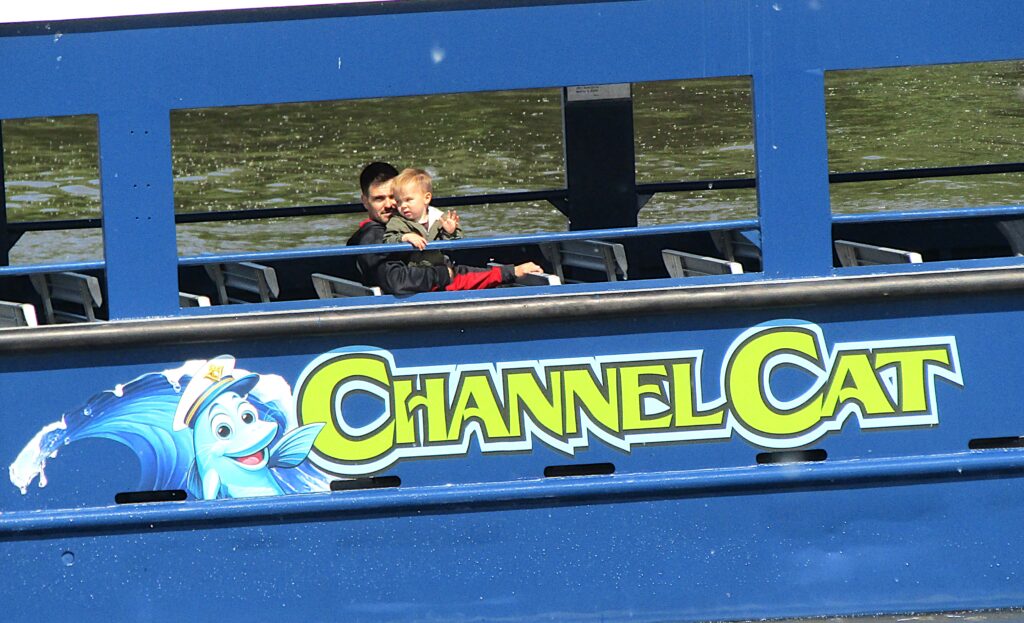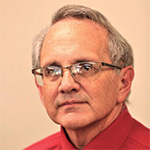Augustana to acquire Trinity College of Nursing & Health Science, marking new chapter for nursing
Dave Thompson

A man and young boy ride Friday morning, May 23, on the Channel Cat near Moline. More than 100 people gathered in Moline on Friday to celebrate the river taxi’s 30th anniversary in the Quad Cities. CREDIT DAVE THOMPSON
The idea of a Mississippi River ferryboat service began more than three decades ago with the goal of giving at least a few residents a chance to better connect with the river.
Today, that service – called the Channel Cat – gives more than 40,000 people each year a ride on the river every season, and has given rides…

Get immediate, unlimited access to all subscriber content and much more.
Learn more in our subscriber FAQ.
Do you want to read and share this article without a paywall?
